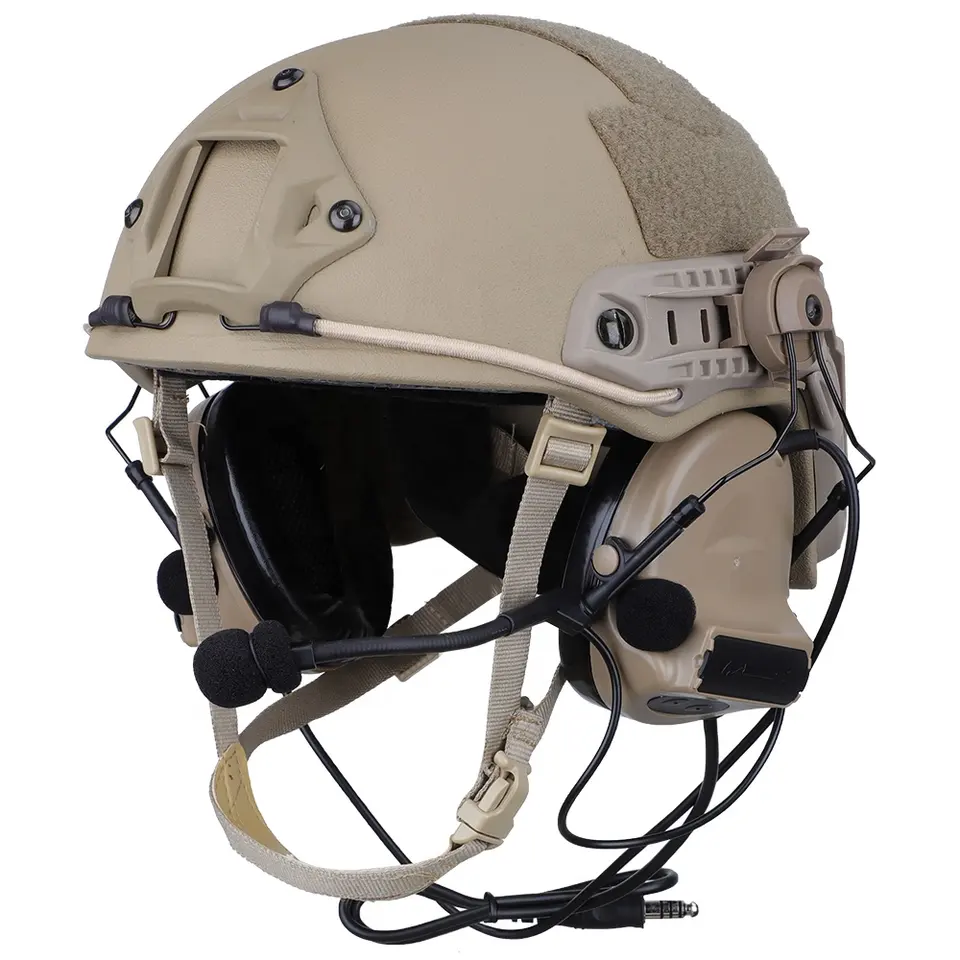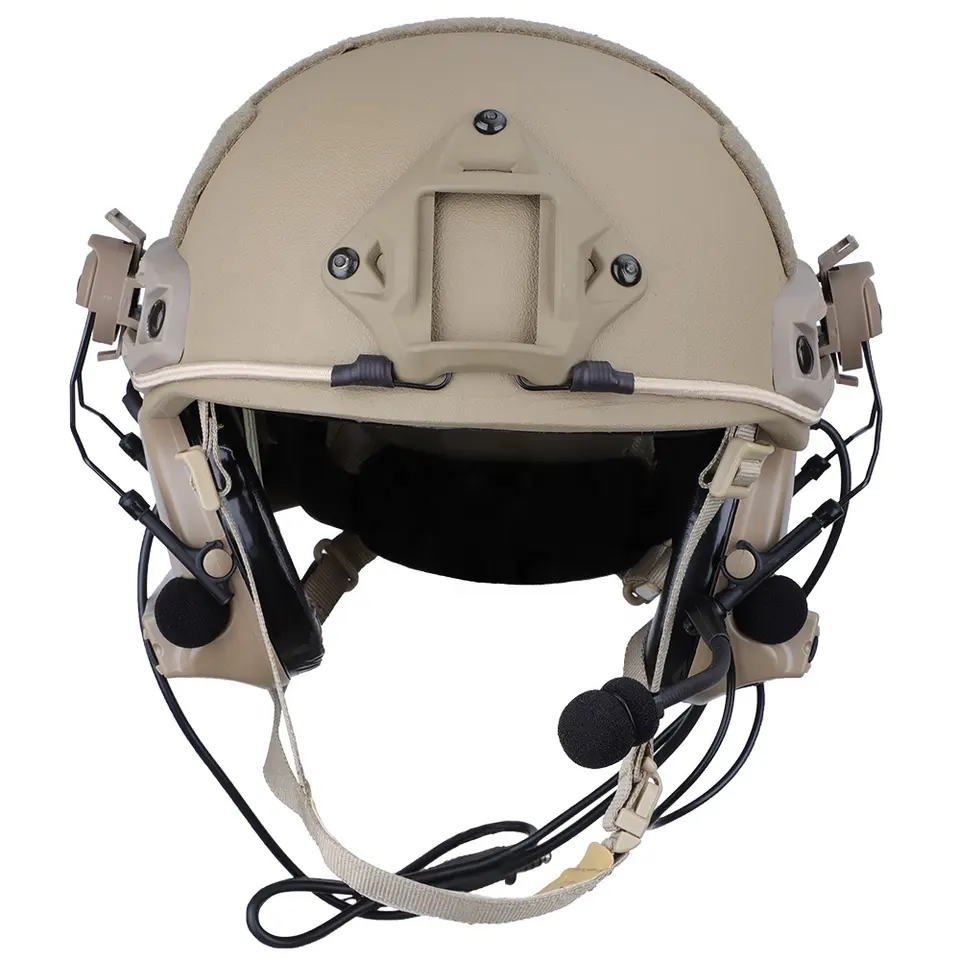Writer: admin Time: 2023-07-10 10:27:47 Browse:
Nowadays, bulletproof helmets have become an essential component of some police agencies and military safety equipment. Its functions are not limited to military aspects, and any organization or even individual that needs safety protection can equip bulletproof helmets as needed. For example, special police forces, Riot police and even patrolmen can be equipped with bulletproof helmets.

Bulletproof helmets have different levels of protection, and these levels usually need to be tested according to the standards of the National Institute of Justice. The NIJ protection level is rated based on the level of bullets it can withstand. Generally speaking, levels III and IV can defend against ordinary rifle bullets; NIJ levels I to III can withstand various pistol bullets.
From a structural perspective, bulletproof helmets can be divided into three types: PASGT, FAST, and MICH, which are mainly classified based on their height. PASGT is the abbreviation for the Personal Armor System for Ground Troops, usually consisting of 19 independent bullet protection layers, which partially cover the wearer's ears in terms of appearance design. MICH is the abbreviation for The Modular Integrated Communications, which is typically made of Kevlar and has IIIA level defense capabilities. The MICH helmet is specifically designed to withstand 9mm and 44 MAG bullets as well as blunt weapon attacks. It provides more space for the wearer's ear to use communication devices in conjunction with it. The initial design included a cap edge and a lower ear cut. But later on, the obstruction of the brim and ears was gradually removed. The FAST (The Ops Core Future Assault Shell Technology) helmet, also known as a fast combat helmet, has the highest ear cut height among the three helmet types, and is usually chosen by special forces to wear this helmet shape.

